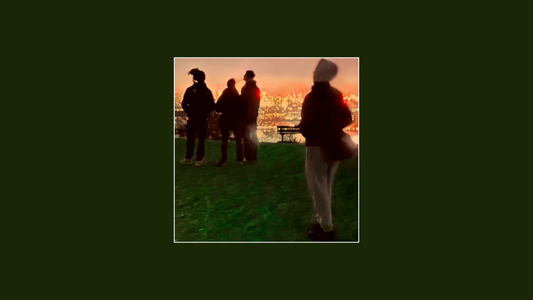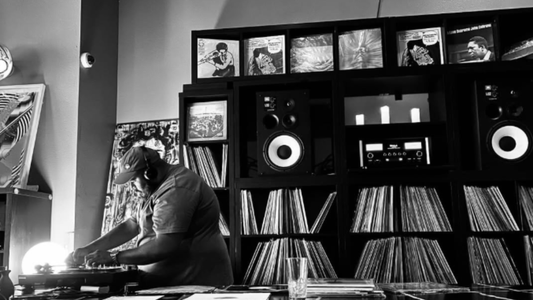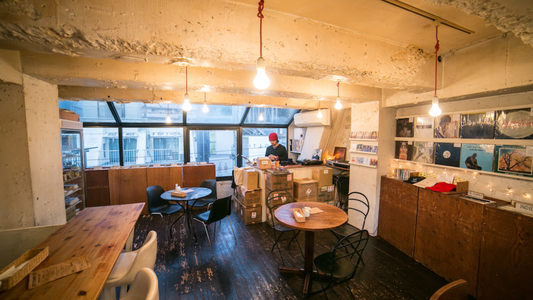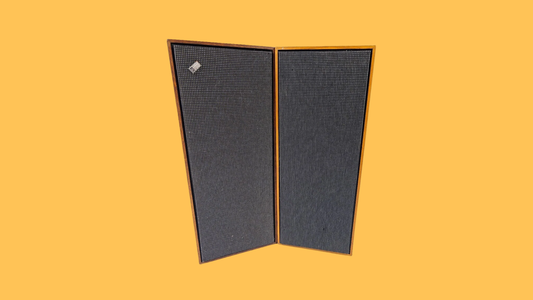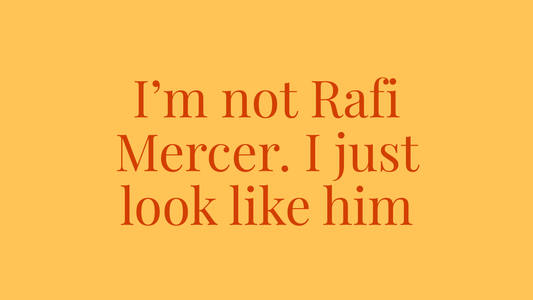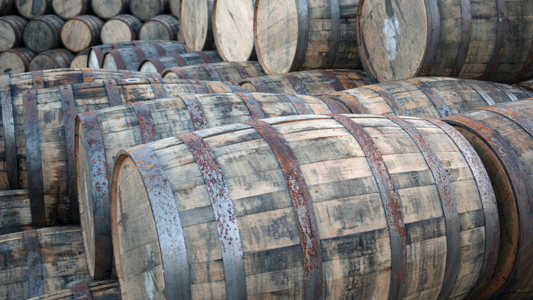
The KLF – Chill Out (1990)
By Rafi Mercer
Every generation thinks it invents calm. But sometimes you go back and realise someone else got there decades earlier — and did it stranger, deeper, and with more conviction than anyone since. The KLF’s Chill Out is that kind of record. It’s not just an ambient album. It’s a journey disguised as one. A road trip through America that never leaves your speakers, a fever dream stitched from samples, static, gospel choirs, and the long quiet hum of possibility.
Released in 1990, long before “chillout” became a playlist cliché, this was something purer. Bill Drummond and Jimmy Cauty weren’t making background music; they were making atmosphere as narrative. The record unfolds as a single continuous piece — no beats, no track gaps — just field recordings, steel guitars, snippets of Elvis, Tuvan throat singing, train whistles, bleating sheep, and fragments of late-night radio drifting through imagined air. You don’t listen to it track by track; you travel through it.
The concept was audacious even then: an all-night drive along the U.S. Gulf Coast, the radio dial becoming your instrument, the country itself a collage of sound. Recorded in London but spiritually somewhere between Texas and deep space, it took the cut-and-paste logic of sampling and turned it into meditation. You can almost hear the tape hiss of the open road, headlights stretching out across an endless interstate.
On a good system, Chill Out feels infinite. The bass is warm but distant, like the sound of tyres on tarmac. High frequencies hover just above perception. Voices appear and vanish like dreams you almost remember. It’s an album that rewards stillness — not because it’s quiet, but because it’s alive. Every corner of the stereo field is filled with small human traces: breath, laughter, reverb, the sound of tape slowing down.
And that’s what makes it so enduring. It’s built from impermanence — shortwave signals, stolen samples, moments that legally shouldn’t exist together — and yet it feels more coherent than most studio albums. The KLF were anarchists in concept, but monks in execution. They were sampling chaos to find peace.
What’s fascinating now is how radical it feels again. In the streaming age, where music is designed to fill silence rather than honour it, Chill Out asks for something rare — time. It doesn’t start or stop neatly. It just is. You drop into it the way you might walk into fog: orientation fades, sense returns differently.
The imagery has always stayed with me — the car headlights cutting through mist, the slow pulse of steel guitar over static, Elvis murmuring from some phantom radio station. It’s melancholy, nostalgic, but never sad. It’s the sound of being between places — halfway home, half-asleep, half-awake.
The cover art is perfect too: a pastoral, almost mythic landscape — sheep, green fields, and sky — but somehow it feels futuristic. That juxtaposition tells you everything about the KLF’s genius: they understood that the future and the past were just parallel frequencies.
When you finish listening, the silence that follows feels charged. You’ve been somewhere — but you can’t quite say where. The album doesn’t resolve; it evaporates. And long after it ends, you keep hearing it — the distant echo of train horns, the hum of an engine on an empty road.
It’s hard to imagine Chill Out being made today. It doesn’t fit a category, it doesn’t serve a metric, and it doesn’t chase attention. It’s an album that waits for you — and when you finally find it, you realise how rare that patience has become.
Some records want to impress you. This one simply reminds you how to listen.
Rafi Mercer writes about the spaces where music matters.
For more stories from Tracks & Tales, subscribe, or click here to read more.


